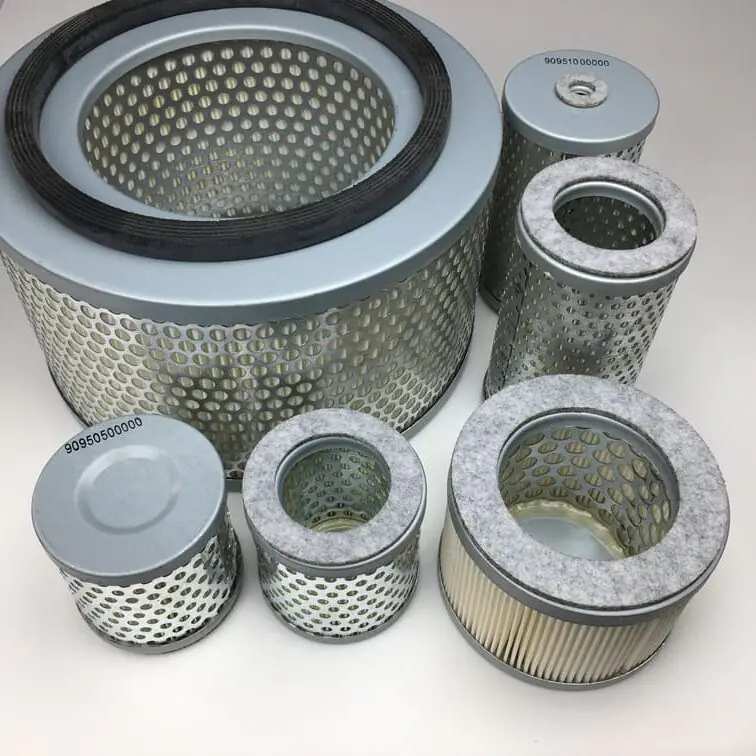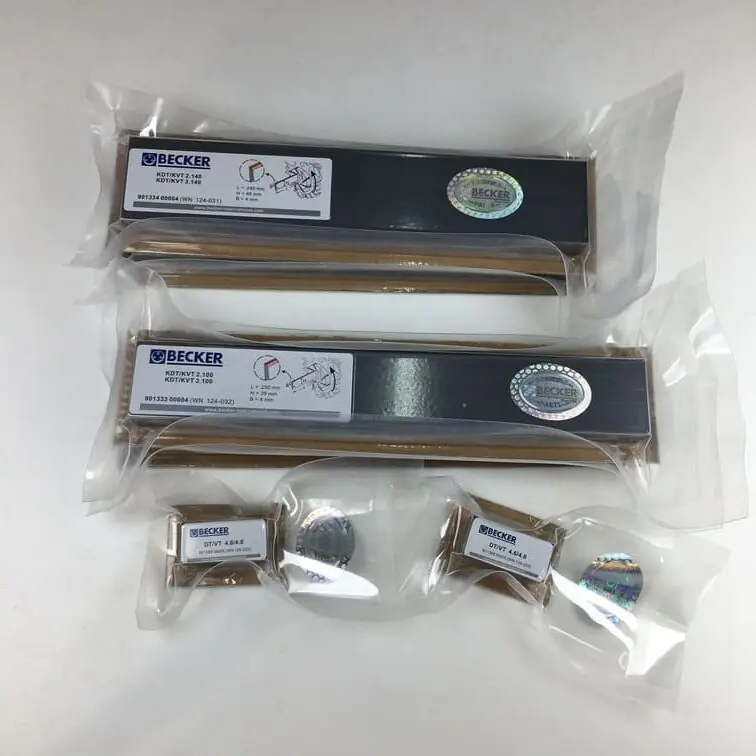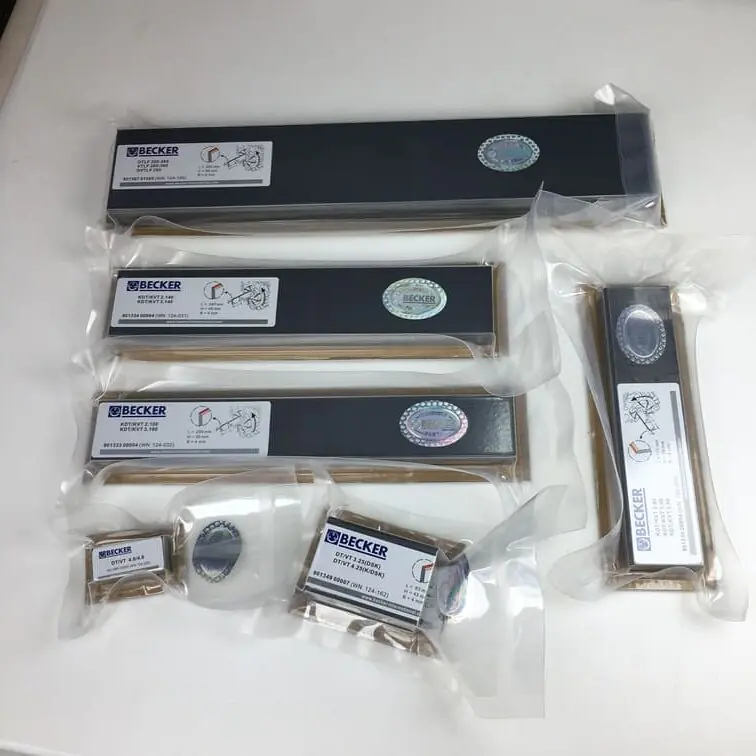How to Measure Vacuum Pump Capacity
When working with vacuum pumps, one of the most important factors to consider is the vacuum pump capacity. This capacity, often expressed in terms of pumping speed or volume flow rate, tells you how well a vacuum pump can move air or gas within a given period of time. Measuring vacuum pump capacity is crucial for ensuring that your system can achieve the required level of vacuum, whether it’s for laboratory applications, industrial machinery, or a manufacturing setup. In this article, we’ll explore how to measure vacuum pump capacity in detail, discussing various methods, tools, and best practices.
Understanding Vacuum Pump Capacity
What Is Vacuum Pump Capacity?
Vacuum pump capacity refers to the amount of air or gas that a vacuum pump can move, typically measured in units such as cubic meters per hour (m³/h) or liters per second (L/s). It is an essential metric for determining if a vacuum pump is capable of achieving the desired level of vacuum in a specific vacuum system. The higher the capacity, the greater the volume of air or gas that can be moved, meaning the system can reach a vacuum more quickly and efficiently.
- Pumping Speed: The speed at which the pump moves the gas.
- Flow Rate: A measure of the volume of air displaced over time.
- Effective Capacity: Takes into account the actual working conditions, including system losses and restrictions.
“To ensure optimal performance of your vacuum system, always match the vacuum pump capacity with your application requirements.”
Internal Link: For more information on vacuum pump spare parts and maintenance, visit our Vacuum Pump Spare Parts Guide.
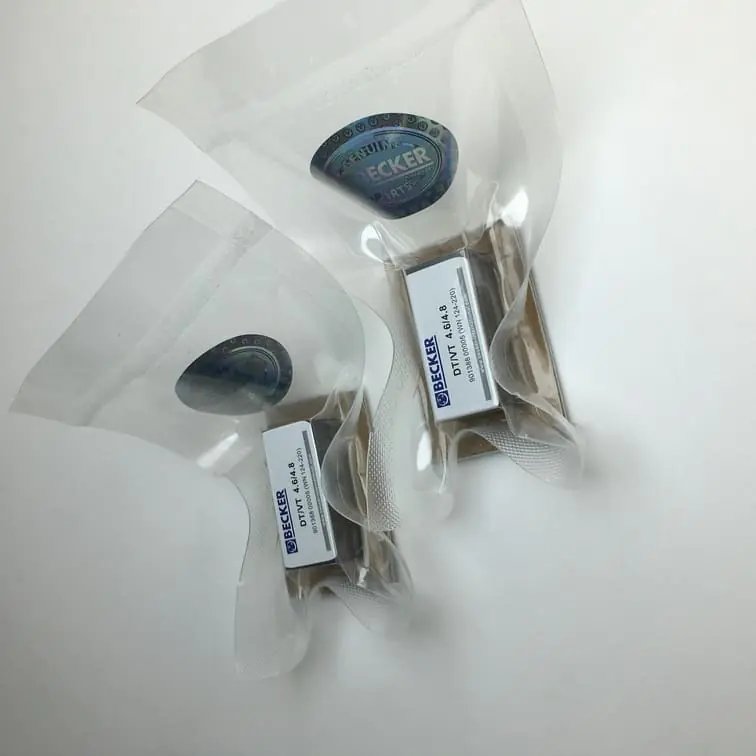
Why Is Measuring Vacuum Pump Capacity Important?
Measuring the capacity of your vacuum pump is critical for a few reasons:
- System Efficiency: Knowing the capacity helps ensure that the pump is operating efficiently for its intended use.
- Proper Sizing: Properly sizing a vacuum pump for the application avoids overloading or underusing the pump.
- Cost Savings: Selecting the right capacity can result in significant cost savings, both in terms of energy consumption and maintenance requirements.
Tools Required for Measuring Capacity
To accurately measure vacuum pump capacity, you will need some specific tools and instruments:
- Vacuum Gauge: To measure the pressure inside the system.
- Flow Meter: A flow meter is essential for determining the amount of air or gas being moved.
- Barometer: Measures ambient pressure, which can affect pump capacity.
- Thermometer: For monitoring system temperatures, as temperature variations can influence capacity.
Internal Link: Enhance your vacuum system’s performance with our Becker Air Filters.
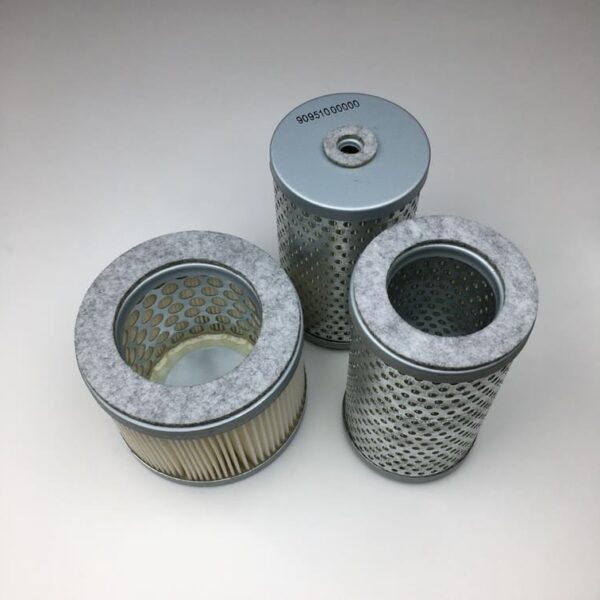
Step-by-Step Guide to Measure Vacuum Pump Capacity
Step 1: Prepare the Equipment
First, gather all necessary tools, including the vacuum gauge, flow meter, and barometer. Make sure that your vacuum pump is clean and well-maintained to avoid any errors during measurement.
- Check Oil Levels: If your pump is an oil-sealed type, ensure the oil level is within the specified range. Proper oil levels help maintain vacuum integrity.
- Connect Measuring Devices: Attach the vacuum gauge to the system to measure the pressure inside the chamber.
Step 2: Set Up the Measurement Environment
For an accurate reading, it is important to create a controlled environment.
- Ambient Pressure: Use a barometer to record the current atmospheric pressure.
- Temperature Monitoring: Ensure the pump and surrounding area are at a consistent temperature to prevent thermal fluctuations from affecting the capacity readings.
Step 3: Measure the Flow Rate
The flow rate is a crucial component of pump capacity. Use a flow meter connected to the outlet of the vacuum pump to determine the rate of air displacement. Follow these steps:
- Calibrate the Flow Meter: Make sure that the flow meter is properly calibrated before use.
- Record the Flow: Measure the flow at different vacuum levels to determine how the pump performs at varying pressures.
“Accurate flow measurement is vital for determining the real performance of a vacuum pump in your system.”
Internal Link: Find reliable vacuum accessories such as carbon vanes from our Carbon Vanes Collection.
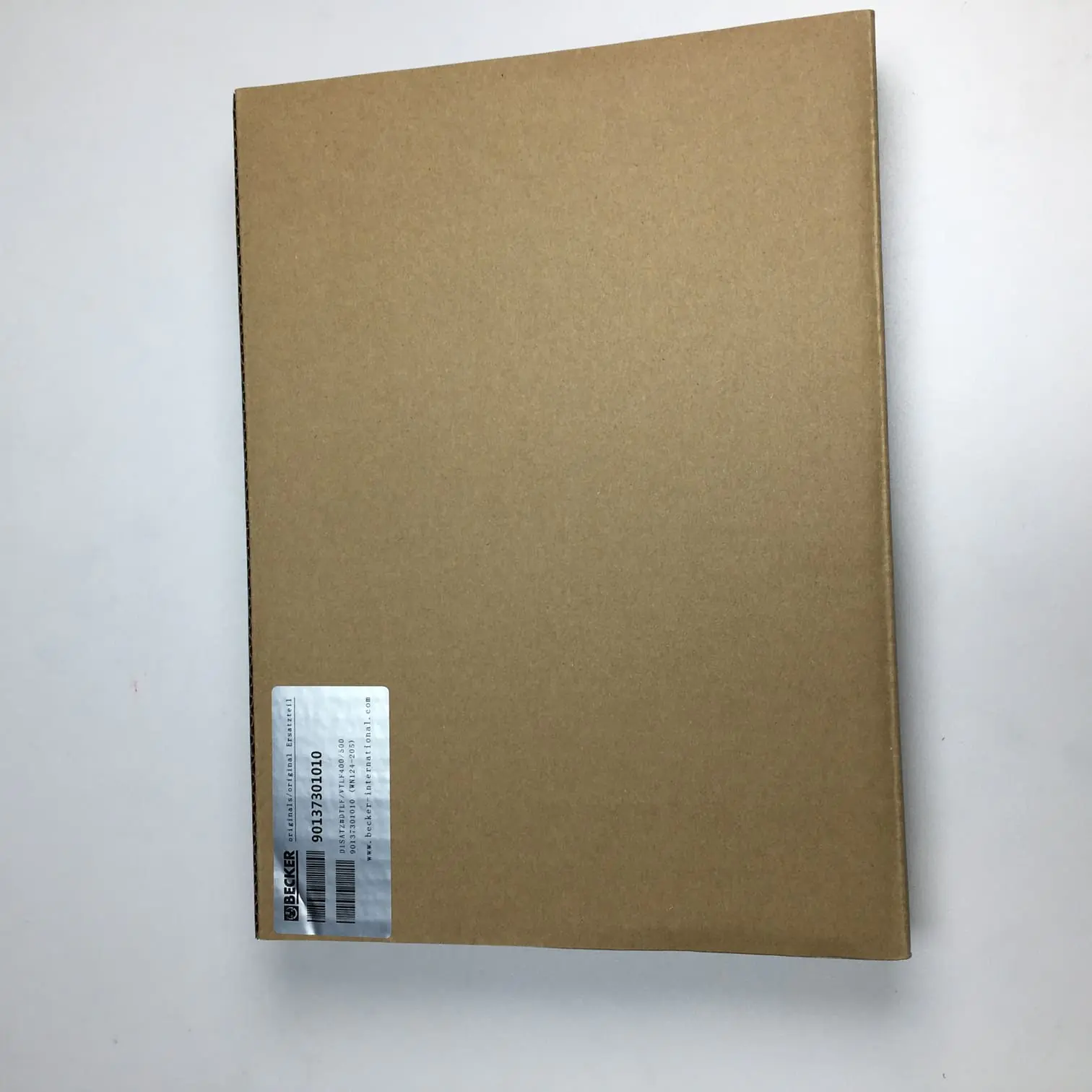
Step 4: Calculate the Effective Pumping Speed
Effective pumping speed is not the same as the theoretical speed given by the manufacturer. Instead, it accounts for system losses.
- Measure the Pressure: Using the vacuum gauge, measure the pressure at the pump inlet.
- Apply the Formula: Use the pumping speed formula: [
S_{eff} = S_{th} \times \frac{P_{atm} – P_{inlet}}{P_{atm}}
] Where: - S_eff: Effective pumping speed
- S_th: Theoretical pumping speed provided by the manufacturer
- P_atm: Ambient atmospheric pressure
- P_inlet: Pressure at the pump inlet
Factors Affecting Vacuum Pump Capacity
1. Inlet Pressure
The inlet pressure greatly impacts the effective capacity of the pump. Lower pressures may reduce pumping capacity, while higher pressures can result in increased flow rates. It’s important to understand how inlet pressure interacts with your vacuum system for optimal efficiency.
- High Inlet Pressure: Leads to increased volume flow rate.
- Low Inlet Pressure: Typically reduces flow rate and can decrease efficiency.
2. System Leaks
Leaks in the vacuum system can significantly reduce the effective pumping capacity. Even a small leak can make it difficult to achieve and maintain the desired vacuum level.
- Leak Detection: Regularly inspect the system for leaks using specialized leak detection equipment.
- Proper Sealing: Ensure all joints and connections are properly sealed to prevent air ingress.
3. Temperature
Temperature changes can also affect the vacuum pump’s capacity. Pumps generally operate more efficiently at consistent temperatures. Any significant deviation can result in loss of capacity.
- Hot Environments: Increased temperatures may lead to thermal expansion, affecting the clearance inside the pump.
- Cold Environments: Lower temperatures may cause oil viscosity to increase, which could impact the pump’s ability to generate a vacuum.
Calculating the Flow Rate for Different Applications
Calculating Flow Rate for Industrial Applications
To measure the flow rate for industrial applications, follow these guidelines:
- Determine System Volume: Calculate the internal volume of the system to determine the amount of air that needs to be evacuated.
- Apply Gas Law: Use the ideal gas law to estimate changes in pressure and flow rate over time. This helps you gauge how quickly the system will reach the desired vacuum level.
Flow Rate for Laboratory Use
In laboratory applications, achieving a precise level of vacuum is essential. Using a properly calibrated manometer and flow meter, monitor the drop in pressure over a defined time period to measure the pumping speed and verify if it meets your requirements.
“In labs, precision is key. Ensure your vacuum pump delivers the necessary capacity with consistent measurement techniques.”
Internal Link: Upgrade your vacuum pump with efficient Becker Air Filters.
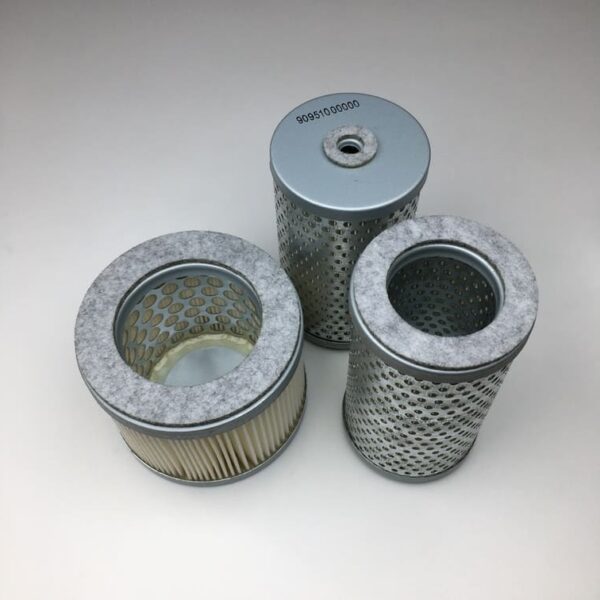
Common Issues When Measuring Vacuum Pump Capacity
Calibration Errors
Incorrect calibration of flow meters or gauges can lead to inaccurate measurements. Always ensure that your instruments are calibrated according to manufacturer specifications.
System Contamination
Contamination inside the vacuum pump or its connections can skew results. It is essential to maintain cleanliness and follow standard protocols to prevent contaminants from affecting measurements.
- Filter Replacement: Regularly replace air and oil filters to minimize contamination.
- Oil Purity: Check the oil for any signs of degradation or contaminants that may impair its function.
Tips for Accurate Measurements
- Consistent Environment: Always measure capacity in a controlled environment to avoid ambient pressure and temperature fluctuations.
- Regular Maintenance: Keep the pump well-maintained to achieve accurate and reliable measurements.
- Leak Check: Ensure the vacuum system is leak-free before starting measurements.
FAQs
1. How do I know if my vacuum pump capacity is sufficient?
You should compare the required pumping speed of your application with the specifications provided by the manufacturer. The pump’s capacity should exceed the volume of air to be displaced within a reasonable time.
2. Can I use a regular pressure gauge to measure vacuum?
No, a vacuum gauge is specifically designed to measure negative pressure. Regular pressure gauges are not suitable for vacuum measurements.
3. How often should I measure my vacuum pump capacity?
It’s advisable to check the capacity every 6-12 months or after any significant maintenance work. This ensures the pump operates at its optimal capacity.
4. What factors can decrease my vacuum pump’s capacity over time?
Wear and tear, oil contamination, leaks, and improper maintenance can reduce the efficiency and capacity of your vacuum pump over time.
5. Does altitude affect vacuum pump capacity?
Yes, altitude affects atmospheric pressure, which in turn impacts the vacuum pump’s ability to generate negative pressure. The higher the altitude, the lower the ambient pressure, which can reduce capacity.
Conclusion
Accurately measuring the vacuum pump capacity is essential for ensuring the efficiency and longevity of your vacuum system. By understanding the principles of pumping speed, effective capacity, and flow rate, you can effectively maintain and monitor your vacuum pump to meet your application needs. Whether you’re using it in industrial or laboratory settings, understanding and regularly measuring capacity can help you get the most out of your equipment.

